Optimizing Product Pages – 17 Ways You Can Increase Online Sales
Great Product Pages Sell!
As an online retailer, your main goal should be to encourage conversions and get sales. Therefore, you should build your entire e-commerce site with that goal in mind. While your homepage and site structure should begin setting the foundation for this, optimizing product pages must be your primary focus.
Think about it – all the best e-commerce shops also have some of the best product pages that keep customers coming back for more.
But what makes these pages so good and so effective? Of course, design and layout are essential. But, so many more things go into creating a compelling page for your products, and you must understand all these factors to create a product page that works for your specific industry and items.
The Importance of Optimizing Product Pages
Research is crucial to e-commerce sales, with around 81% of customers looking up information about a product before making a purchase. The lack of information or reviews is particularly problematic for Millennials.
According to Inviqa.com, around 40% of customers say lack of reviews or information is the biggest challenge they face when shopping online. However, 93% of millennials also say they’re likely or very likely to read reviews before a purchase.
You may not realize how many customers base their purchasing decisions on how you present your products online, so let’s clarify it. A study noted that 87% of customers consider product content necessary for making a decision, while millennials are 40% more likely to be influenced by it.
Another important consideration is that good product content makes you more visible in search queries, and the top three results on a search inquiry get 70% of clickthroughs and 30% of conversions.
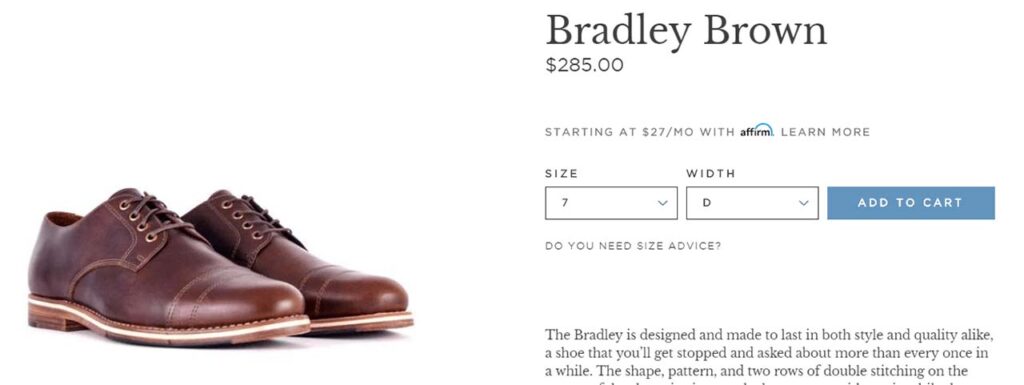
What Are Product Pages?
These are pages on an e-commerce site that provide details on each of a brand’s particular products. Generally, you’ll find a wealth of information and photos of the product, such as size and fit, suggested usage, and materials.
The purpose of these pages is to help the customer decide whether to make a purchase (or not). So, your product page is your chance to convince them to hit “buy” rather than abandon their cart. So, a good rule of thumb is that the more detailed and precise the content on these pages is, the better your chances of conversion and sales will be.
How Do They Help E-Commerce Businesses?
The main benefit of having great pages for your items is that you’re more likely to get higher conversions and sales. But, there are plenty of other ways that they can help your business, such as:
- Lowering product returns
- Creating brand awareness
- Making your business more visible in online search results
- Discouraging cart abandonment
- Being useful for social media marketing
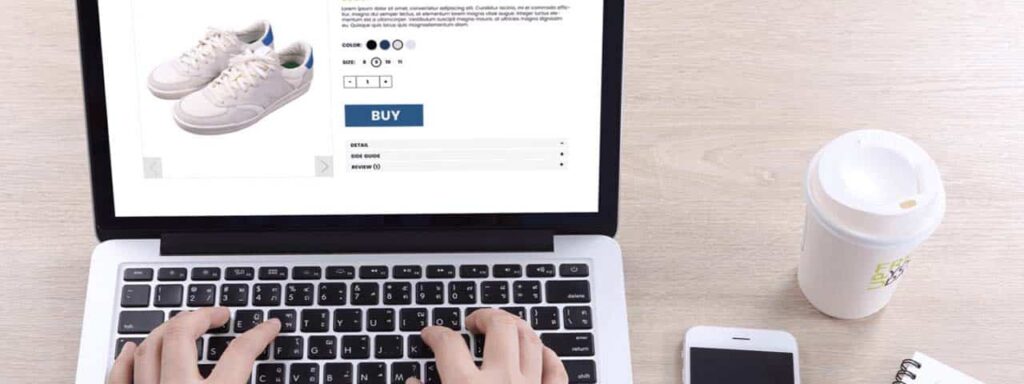
So How Do You Create a Great Product Page?
There are certain things you’ll need to do to create a great product page. First, you’ll need stellar visual content, including product images that convert and perhaps a video or two. Detailed, compelling product descriptions are also crucial so potential customers can get a clear overview of the product – don’t forget, your content should also be easy to understand.
Understanding your audience will also help you figure out how best to present your products to them and decide what elements you need on your pages. Below are a few essential elements that every product page should have:
- A variety of clear, high-resolution images.
- A detailed, precise product description written in easy-to-read language.
- Information such as colors, sizing, fit, materials, and (of course) pricing.
- Manufacturing and development information – for example, some people prefer to buy cosmetics that haven’t been tested on animals, so you should mention this.
- A standard e-commerce store layout that’s easy to navigate and make purchases.
- Social media sharing buttons.
- Prominent call-to-actions such as “buy now.”
- Product reviews from customers. These independent reviews carry a lot of weight for potential customers and can do more for conversions than any basic marketing strategy – in the business. We call this social proof.

Optimizing Product Pages
As an e-commerce store, driving traffic to your website is only half the battle. That in itself is not an easy task, but so much more needs to be done for you to generate sales.
Take a moment to put yourself into the minds of the consumers.
They’re somewhat interested in whatever you’re selling. Maybe visitors found you from an organic search for a product they need, or perhaps they clicked on a PPC advertisement. Possibly they found your site from a social media campaign.
The way they found your online store doesn’t matter. What’s important is that they landed on your site because of interest.
You’ve done a great job setting up your site navigation, making it easy for visitors to find the desired items. Locating a specific item brings them to the product page, which we’ll focus on in this guide.
Here’s what you need to realize. When website visitors land on your product page, they’re often just a click away from completing the purchase process. But that won’t happen unless you optimize landing pages for conversions.
Failure to properly design and optimize product pages is a mistake that I see many e-commerce sites make. That’s what inspired me to write this guide.
I’ll explain everything you need to know about crafting product pages that drive conversions.
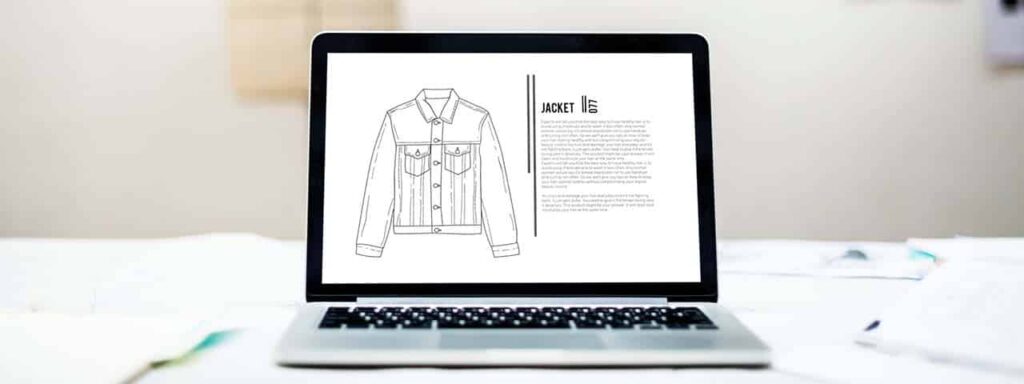
Elements of a Product Page
Before we continue, I want to ensure you understand what to include on every product page. All product pages should have the same elements.
- The Product
- Branding
- Design
- Copywriting
First and foremost, your product always needs to be the center of attention. Unfortunately, while this may seem obvious, I’ve seen some e-commerce sites position their products in a way that appears to be an afterthought.
Branding needs to be everywhere on your website. While you may have branding on your homepage or other interior pages, you can’t forget to add this to your product pages. Depending on where your traffic is coming from, not everyone who lands on a product page will see your homepage.
Website design is one of the most crucial elements of a product page. However, even if you include all the other proper elements, it’s useless if the design isn’t functional or user-friendly.
You can’t sell products without text. That’s why your sales copy is a critical element. The writing must flow well with your design and branding to tie everything together.
Now that you know what needs to be on your product pages let’s look at some more specific tips for product page optimization.
Important Steps for Product Page Optimization

Make Your CTAs Stand Out
How does someone buy an item from your product page?
They need to click on a button that allows them to check out. But if you hide that button on the page, you won’t drive as many conversions.
Go to your website and look at your product pages. See if your CTA stands out and is to the point.
If your visitors can’t spot the button right away, it’s a problem.
Your CTA must be in view at all times. If users scroll to find it, it will not have a high conversion rate.
Here’s something else to keep in mind. Don’t place your conversion CTA near other CTAs on your site. For example, the “buy now” button shouldn’t be positioned next to a “subscribe” button.
While collecting emails is essential, that doesn’t belong above the fold on your product page, and it certainly shouldn’t be somewhere that will draw attention away from your transactional CTA.
Don’t get too cute or fancy with the wording of your call-to-action, either. Something like “buy now” or “add to cart” is acceptable. Trying to be creative here can end up confusing your customers.
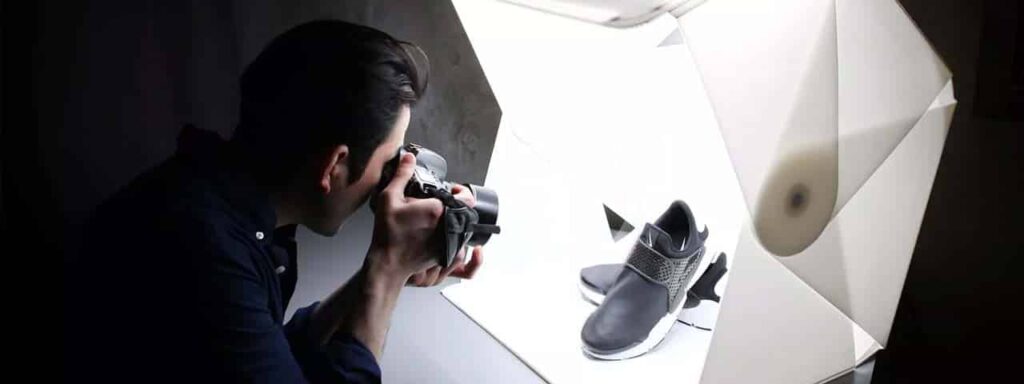
Use Professional Photography
Unlike brick-and-mortar retail, online consumers rely heavily on images to make buying decisions. Therefore, to succeed at e-commerce, you must create product images that convert.
Your smartphone might take a great picture, but you should not use it to take product photos. Everything needs to be handled by a professional.
Get a photographer to handle photoshoots with professional equipment and editing software. It’s worth spending extra on these things to get the best shot. You’ll need to take photos from every possible angle.
You also must ensure that you’re taking the “right” photos for your product pages.
For example, let’s say you’re selling something like a wristwatch. A photo of a watch alone on a table doesn’t add much value to the consumer. But if you put it on someone’s wrist, it gives them a better indication of the product’s look if they buy it.

Include Social Proof
No matter how independent or unique a person claims to be, consumers will still follow the lead of others. Why should they buy a product if nobody else has?
93% of consumers will read a review before making a purchase online.
They’ll have no telling if your product is good, functional, or just a waste of their money. If they cannot answer these questions, they probably won’t buy.
That’s why you need to include social proof on your product pages.
84% of people trust an online review as much as a recommendation from a friend. After reading between one and six reviews, 68% of customers form an opinion about a brand or product.
It’s your job to encourage customer reviews. After someone makes a purchase, send a follow-up email and ask them to rate or review the product. The more reviews you get, the better off you’ll be.

Add Videos
If a picture is worth 1,000 words, how much is a video worth?
Earlier I explained the importance of allowing your customers to understand your products with images. But a video gives them a closer look at everything.
Videos can showcase your products more than a picture ever could.
90% of people say that product videos are helpful during the buying process. In addition, 70% of marketers say that videos convert higher than any other type of content.
After watching a video, 64% of consumers are more likely to buy a product.
Videos are great for those who have products that need a little more explanation. However, it’s not necessarily required to sell something simple, like a plain shirt.
Add a “how to” video or product demonstration for more complex products requiring further explanation.

Focus on Product Descriptions
Ineffective product descriptions are one of the common mistakes I see on e-commerce product pages. Everything looks great until the description.
While your product page should be visually appealing with photos and videos, you still need to have some text on the page.
Keep it short. Don’t go overboard with long paragraphs. Nobody wants to read large blocks of text. Instead, you can use bullet points to shorten the content and make it easier for people to read.
Don’t be boring. Establish a brand voice. Know your audience and what they want to hear.
If your target market is business professionals over 50, the description would be different than if you were trying to reach college students.
Understand your customer and what they want in a product. Then work that into the description.
Don’t just rush through the process and say, “soap that smells like beer.” Does this describe the product? Sure.
But will it make anyone want to buy it? Probably not.

Justify Your Pricing
Your pricing strategy is part of your product page since the price will need to be displayed.
Your product page is your chance to justify your pricing and show your product’s value.
The description, pictures, videos, and everything else on the page must explain precisely why you priced your product a certain way. Justifying your pricing is especially important for those selling products at higher price points.
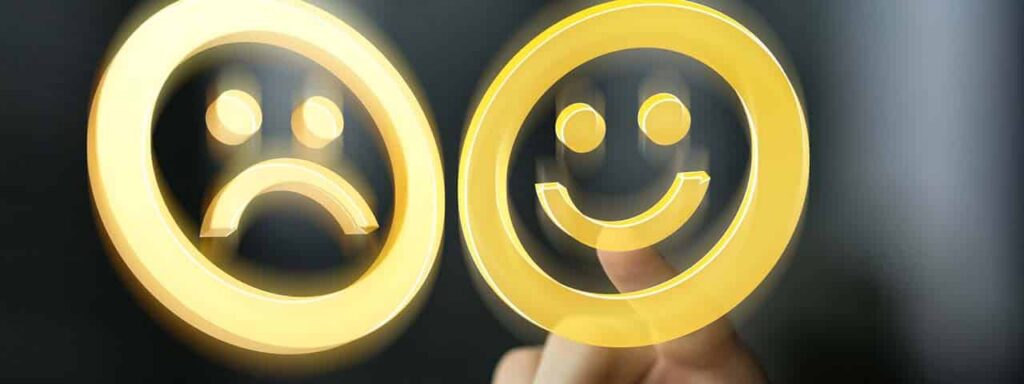
A/B Test Everything
You won’t know if your product page is fully optimized until you try different approaches.
That’s why every element of the page should be A/B tested over and over again.
- CTA wording
- CTA placement
- CTA color
- Description
- Review placement
- Price placement
- Price size
The list goes on and on. It’s an ongoing process.
Even as your conversion rates rise, please don’t assume that they can’t get any higher. Keep running tests to be sure.

How Do I Optimize Product Pages?
So you think you’ve already got some pretty enticing pages for your products? Good for you. What you should be asking yourself is, are they bringing in sales? If the answer is no, you may need to look at optimizing them. Luckily, there are a few quick fixes for this, such as:
- Get your page to load faster by compressing large image and video files.
- Use engaging (but precise) titles.
- Make sure all your call-to-action buttons are prominently displayed and easily accessible.
- Add more details about your product.
- Add social media buttons if you don’t have them already.
- Check that your pages are mobile-friendly.
- Improve your product descriptions by making them more engaging.
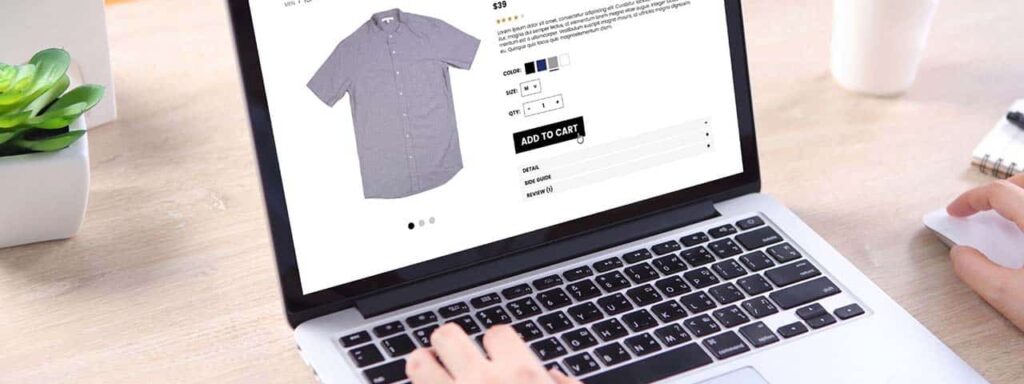
10 Quick Tips for Optimizing Product Pages
Ensuring that you’ve got compelling product pages should be a big part of the e-commerce optimization strategy for your online store. Great product pages will help your customers get the most from your website. Here are a few tips for creating pages that will convert:
- Focus on the user experience – make it exciting but accessible with a simple, organized layout with plenty of content and information. If you’re struggling, pick a good product page template from your shop platform.
- Product images should be clear and of high resolution. They should also offer different perspectives and detailed views of the product and, if possible, a personalized experience. In addition, customers should be able to zoom into images or see the product in different colors.
- Create a branded page that helps explain your brand values – since many customers land directly on a product page and may not have much context about the brand. Branded product pages are an opportunity to tell them a compelling story about your brand to encourage them to buy.
- Use exit intent popups to encourage customers to purchase before leaving your site – offer discount codes as an incentive.
- Display similar products to capitalize on upselling and cross-selling opportunities.
- Create trust with clear return policies that customers can find easily.
- Optimize your page’s URL, so search engines see your page as more relevant – include a product category, for example.
- Create a value proposition – show how your product can make your customers’ lives easier or solve their problems.
- Create a sense of urgency – creating urgency can increase sales by a whopping 332%, so market your product with words like “limited stock” or offer limited-time discounts to encourage customers to make purchases.
- Include relevant shipping information like “free shipping over $60” so customers are more likely to go ahead with their purchase without navigating off your page.
The Benefits of Optimizing Your Product Pages
Product pages are essential components of your e-commerce site.
When website visitors land on one of these pages, they are moments away from converting. Therefore, you must ensure that every product page is optimized to drive sales.
Use this guide as a reference to help you make sure that your product pages have all the crucial elements needed. Then follow the examples I showed you and apply those same principles to your website.
A great product page will help you increase your order value by enabling customers to learn more about your products and how purchasing a specific product will benefit them. Also, the shopping experience would be so engaging that customers would want to stay on your site longer, increasing the chances of purchasing more items.
Additionally, improving your product pages can help you retain more customers, which increases your customer return rate. Shoppers are more willing to return to an e-commerce store they find informative and beneficial.
Understanding your target customer’s needs and expectations is key to optimizing product pages. Only by understanding your ideal customer’s expectations and how they interact with a site will you be able to make accurate UX decisions. We are here to help!

Do You Need to Optimize Your Product Pages?
Are you interested in optimizing product pages to increase your online sales but unsure where to start? Our team of professional e-commerce designers will be happy to help you with this. But, first, look at our portfolio and read our case studies.
Then, if you believe we are a good fit for your ecommerce web design needs, let’s talk! We offer a full range of consulting and design solutions for businesses and product brands.
And if you are still unsure how to optimize product pages and increase sales, let’s talk! We will listen to you, answer your questions, and determine the best ways to improve your product pages and increase sales!
Did You Optimize Your Product Pages?
Do you have anything to add to our tips for optimizing product pages? Feel free to add your comments below so our audience can benefit and grab our feed so you don’t miss our next post! And feel free to share our post with your audience!
Thank you! We appreciate your help ending bad business websites, one pixel at a time!
By Gregor Saita
Co-Founder / CXO
@gregorsaita

